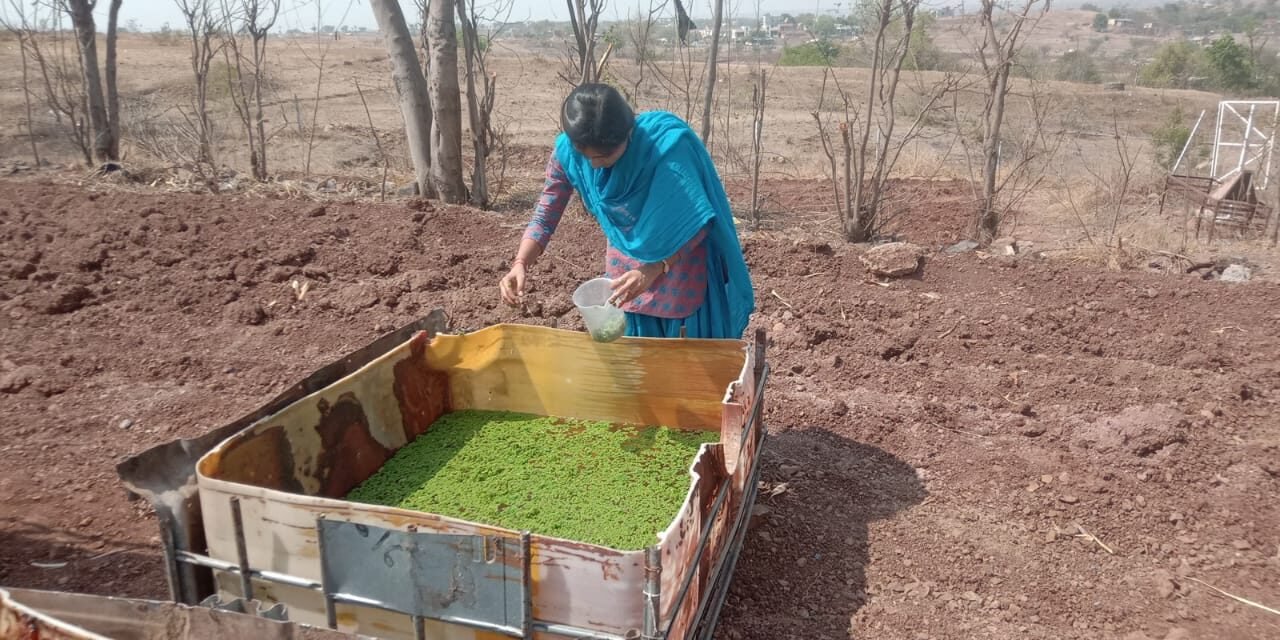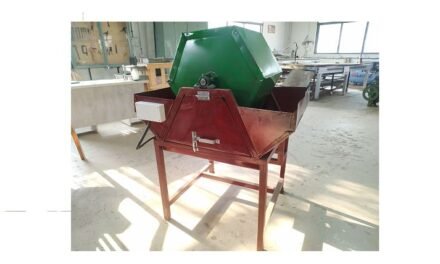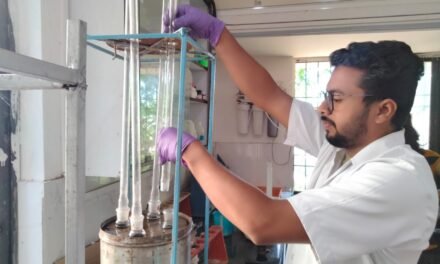17/03/2022
Title- Control the evaporation losses of water in the farm pond by using different methods.
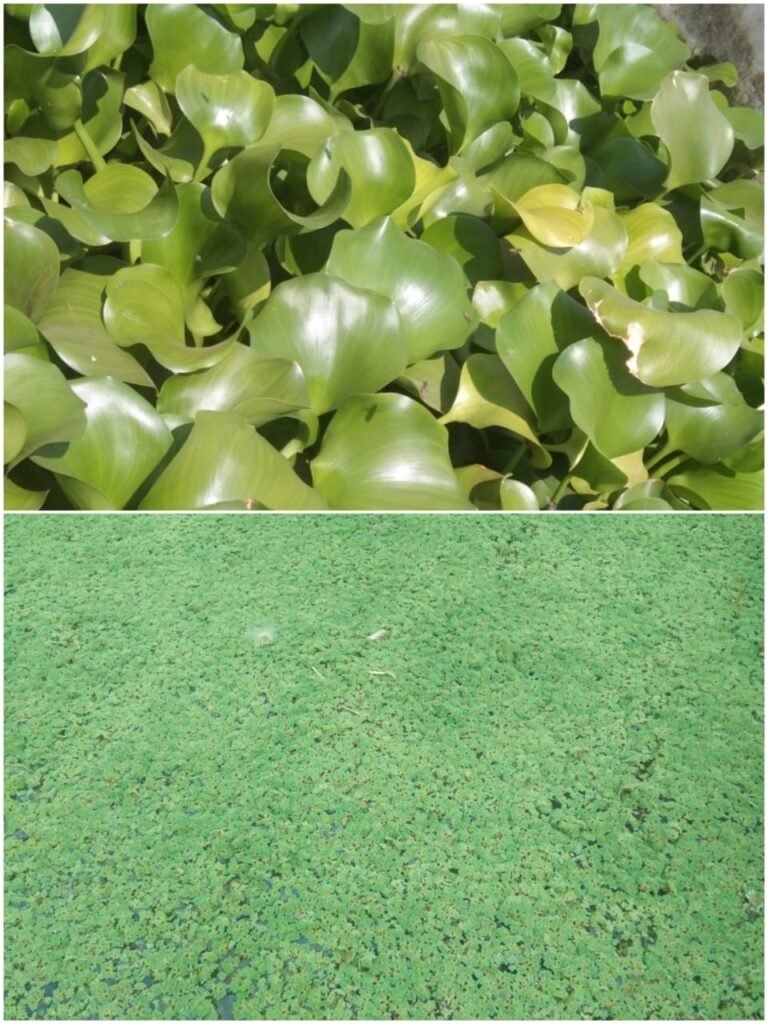
Introduction
Currently there is a state of drought everywhere. Crops are drying up due to lack of water. Where water is currently available in farms, there is a high risk of evaporation and wastage of water. This evaporation can be prevented by using various measures. It is possible to provide adequate water to the crop in times of water scarcity and make it possible to harvest the season. About 84% of agriculture in the state is dependent on rain water. With the exception of perennial horticulture, almost all crops are grown on rain water. However, due to the large area of arid lands, it has become a need of the hour to make water available in it and to cultivate it sustainably with proper planning.
20/03/2022
Need of project:
Lowering losses by evaporation can reduced overall water consumption for agriculture. This is typically more important for rain shadow areas like Pabal. Vigyan Ashram experience severe water shortage and required water to be carried out by tanker. The experiment is to be carried out to estimate the impact of Azolla and water Hyacinth on evaporation losses.
23/03/2022
Objectives
1.To find out the water evaporation rate at Pabal.
2.To control the evaporation of water in farm pond.
3.To study application of water Hyacinth and Azolla as biological method of evaporation reduction.
4. To study application of Cetyl alcohol and Stearyl alcohol as chemical method of evaporation reduction.
5. To compare between chemical and biological methods.
04/04/2022-06/04/2022
For rough estimation of evaporation losses, tray of size 38×27 cm and of depth 7 cm was taken. It was filled with water of quantity 5 litre. Then it was placed in the sun for 24 hours. After 24 hours the loss of water in tray was measured and it was 1 litre. The evaporation rate of water per hour is calculated as follows:
Initial quantity of water : 5 litre
Quantity of water after 24 hour : 4 litre
Loss in quantity of water for 24 hours : 1 litre
Loss in quantity of water for 1 hour = 1/24 = 0.04166 Litre/hr = 41.66 ml/hr
Surface area of tray = 38×27cm = 1026 cm2
It is seen that, for every 1026 cm2 area there was 41.66 ml water per hour is evaporated.
Next day, another one tray is placed on top of memorial hall for 24 hours with quantity of water 5 litre. After 24 hours loss of water was measured.
Initial quantity of water : 5 litre
Quantity of water after 24 hour : 3.540 litre
Loss in quantity of water for 24 hours : 1.460 litre
Loss in quantity of water for 1 hour = 1.460/24 = 0.06083 Litre/hr = 60.83 ml/hr
Surface area of tray = 38×27cm = 1026 cm2
It is seen that, for every 1026 cm2 area there was 60.83 ml water per hour is evaporated.

06/04/2022-10/04/2022
Measuring the dimensions of farm pond :
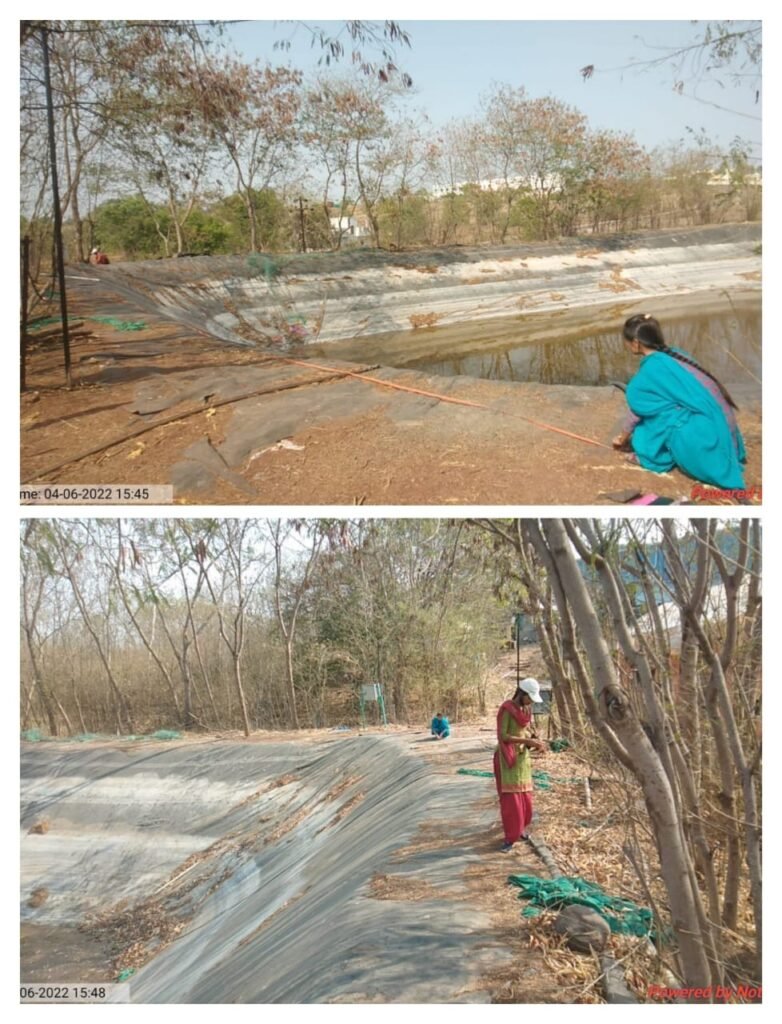
Dimensions of farm pond are as follows:
Length : 50 m
Breadth : 30 m
Depth : 15 ft
Surface area of farm pond = 50×30 = 1500m2
Volume of farm pond = 50×30×4.572 = 6858m3
11/04/2022-17/04/2022
Rough calculation of evaporation losses from the farm pond :
On the basis of above experiment, rough calculation of water losses through evaporation from the farm pond were done. It is as follows:
- Water loss from tray of area 1026 cm2 per hour = 60.83 ml
- Water loss from farm pond of area 1500m2 per hour = ?
Therefore,1026 cm2 = 60.83 ml
1500m2 = ?
= ( 15000000 cm2 × 60.83 ml)/1026 cm2
= 889327.4853 ml
= 889.327 litre / hour
And for 24 hours it is 889.327×24 = 21,343.859 litre
From above, it is seen that there is 21,343.859 water evaporate per day.
Measure the dimensions of IBC’s tank:

The dimensions of IBC’s tank were measured with the help of tape. After that, volume and surface area of tank’s were calculated. It is as follows:
- Length = 114.3 cm
- Breadth = 104.14 cm
- Depth = 50.8 cm
Surface area of tank = 114.3 × 104.14
= 11,903.202 cm2 = 1.19 m2
Volume = 114.3 × 104.14 × 50.8
= 6,04,682.6616 cm3 = 604.683 litre
Chemicals used for the experiment:
- Cetyl alcohol
- Stearyl alcohol
Hexadecanol or Cetyl alcohol and Octadecanol or stearyl alcohol or a mixture of these two chemicals is commonly used for suppressing evaporation from lakes and reservoirs. Mixture of Cetyl and Stearyl alcohols may be used for suppressing evaporation from lakes and reservoirs by spraying on water surface so as to cover the entire surface with this film. The chemical can be used in solution, in powder form or as an emulsion. Spraying in powder form is the simplest and most widely used process. A dose of 1.2 kg/hectare/day is adequate for wind velocities below 8 kmph.
Plants selected for the experiment:
Azolla: Azolla is used to reduce evaporation from water bodies such as natural and artificial ponds and lakes. Ponds in which azolla covers the entire surface, and from which azolla slowly harvested, maintain a clean, fresh water source that is better for irrigation. Due to the azolla cover, some ponds maintain water all year, in contrast to ponds without azolla that often lose all of their water due to evaporation.
Hyacinth : Hyacinth will also used to reduce evaporation of water from farm pond. Water Hyacinth can absorb minerals and inorganic substance from the sewage. It can be grown rapidly in every kinds of condition. As a result, after using it to clean the sewage, it is brought to use as organic fertilizer like compost or mulching.
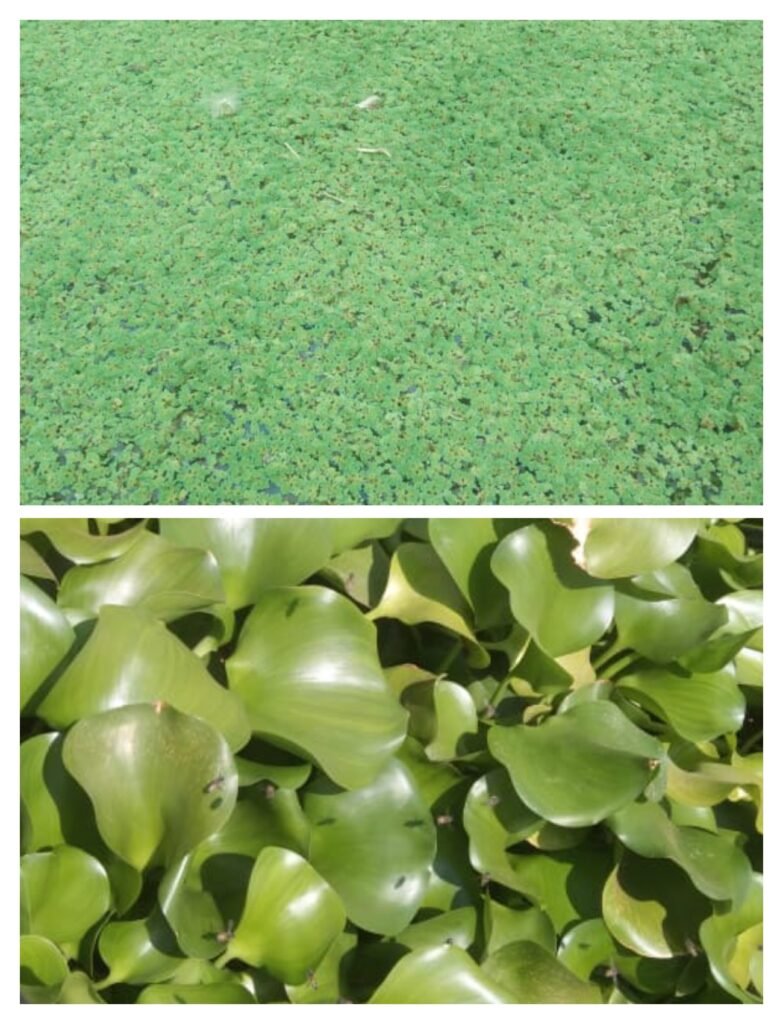
Welding to tanks:
The tank was well packed by metal rods welded together to it’s 3 sides only. If the tank is fill with water, there are chances of buckling of it .Hence, to prevent it from buckling, welding to the empty side is done.
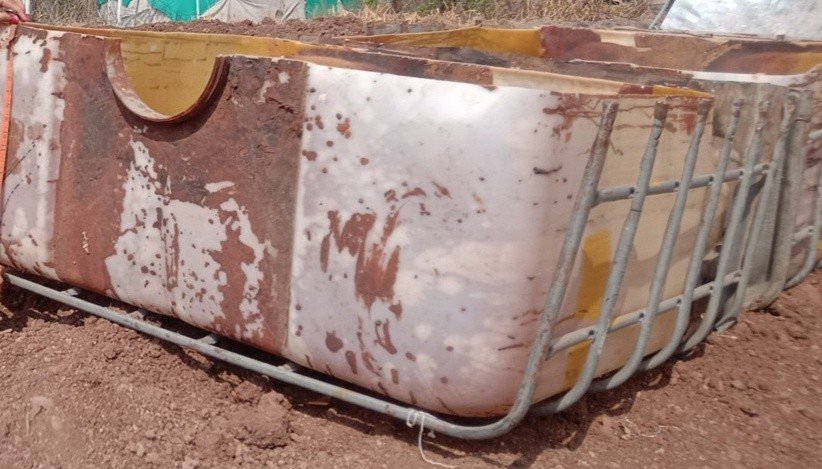
18/04/2022 – 20/04/2022
Filling of tanks with water:
After installation of tanks, they are filled with water. Water was filled in the tank upto height 17 cm. Marking to the depth of 17 cm was done with the help of measuring tape. Total 202 litre water is required to fill the tank upto depth 17 cm. After that, readings were taken after 24 hours. Following are the readings and calculations of the experiment.
20/04/2022 – 21/04/2022
Tank A ( Contain only water)
Tank B ( Contain only water)
Observations:
- Depth of water in tank A (Initial height) =17 cm
- Depth of water in tank B (Initial height)=17 cm
- Depth of water after 24 hours in both A and B tank (Final height)=16 cm
Calculations:
Loss in water :
Lenght of tank × breadth of tank × fall in depth of tank
= 114.3 ×104.14 × 1
= 11,903.202 cm3
= 11.903.202/1000
= 11.90 litre per day
= 11.90 / 24
= 0.495 lit / hr = 495 ml/hr
21/04/2022 – 26/04/2022
Spreading of Azolla :

To check the effect of azolla on evaporation of water azolla was spread on the water. About 1 kg of Azolla is required to spread it on water. After spreading it water is filled in the tank upto 17 cm and readings were taken after 24 hour. Following are the observation and readings :
Observations:
Tank A ( Contains water only)= 17 cm
Tank B ( contains water + azolla) =17 cm
Depth of water after 24 hours in tank A = 15.6 cm
Depth of water after 24 hours in tank B = 15.7 cm
Calculations:
Loss of water in tank A –
= 114.3 × 104.14 × 1.4
= 16,664.48 cm3
=16,664.48 / 1000
= 16.66 litre per day
= 16.66/24 = 694 ml/hr
Loss of water in tank B –
= 114.3 × 104.14 × 1.5
= 17,854.80 cm3
= 17,854.80 / 1000
= 17.85 litre per day
= 17.85 / 24 = 743 ml/hr
26/04/2022 – 02/04/2022
Spreading of mixure of alcohols on the water surface:
The mixure of cetyl alcohol and stearyl alcohol is spread on the water in the ratio 1:1 to check it’s effect on water evaporation. For the prepartion of mixure cetyl alcohol and stearyl alcohol both are taken in same quantities i.e 94.5 mg for the area of 1.19 m2.
03/05/2022
Spreading of Hyacinth on water surface:
To check the effect of hyacinth on evaporation of water Hyacinth was spread on the water surface.After spreading it, water is filled in the tank upto 17 cm and readings were taken after 24 hour.
| Date | Loss of water in Tank per day A(Contains water only) (liters) | Loss of water in Tank B per day (Contains water + azolla) (liters) | Loss of water in Tank C per day ( contains water + mixure of cetyl and stearyl alcohol) (litres) | Loss of water in tank D per day ( Contains water + Hyacinth) (liters) | Loss of water in tank E per day ( contains water + Azolla + Chemical ) (liters) |
| 20-21/04/2022 | 11.90 | 11.90 | – | – | |
| 21-22/04/2022 | 16.66 | 17.85 | – | – | |
| 22-23/04/2022 | 13.09 | 8.332 | – | – | |
| 23-24/04/2022 | 7.141 | 8.332 | – | – | |
| 25-26/04/2022 | 7.141 | 8.332 | – | – | |
| 26-27/04/2022 | 11.90 | 7.141 | 5.951 | – | |
| 27-28/04/2022 | 17.85 | 7.141 | 5.951 | – | |
| 28-29/04/2022 | 13.09 | 8.332 | 7.141 | – | |
| 29- 30/04/2022 | 7.141 | 5.951 | 4.761 | – | |
| 30/04/2022-1/05/2022 | 11.90 | 9.52 | 5.95 | – | |
| 1-2/05/2022 | 9.522 | 7.141 | 10.712 | – | |
| 2-3/05/2022 | 15.476 | 10.712 | 11.903 | – | |
| 3-4/05/2022 | 9.522 | 5.951 | 5.951 | 14.283 | |
| 4-5/05/2022 | 9.522 | 5.951 | 5.951 | 11.903 | |
| 5-6/05/2022 | 15.476 | 11.903 | 8.332 | 3.510 | |
| 6-7/05/2022 | 11.903 | 9.522 | 5.951 | 15.474 | |
| 7-8/05/2022 | 11.903 | 5.951 | 3.570 | 11.903 | |
| 8-9/05/2022 | 9.522 | 4.761 | 8.332 | 14.283 | |
Note:
Get these readings ,there will be environmental and physical noises. In the environmental noises like rainfall, weather condition and physical noises such an animal disturbances. That’s why this table justifies some days of work. We decided that the location of the setup should be changed. And location that the Vigyan Ashram memorial hall towards.
Once again, we created an experimental set up and took daily reading on dated 12/05/2022 to 31/05/2022
| Date | Loss of water in Tank per day A(Contains water only) (liters) | Loss of water in Tank B per day (Contains water + azolla) (liters) | Loss of water in Tank C per day ( contains water + mixure of cetyl and stearyl alcohol) (litres) | Loss of water in tank D per day ( Contains water + Hyacinth) (liters) | Loss of water in tank E per day ( contains water + Azolla + Chemical ) (liters) |
| 12/05/2022 | 17.854 | 15.476 | 5.951 | 11.903 | 11.903 |
| 13/05/2022 | 11.903 | 8.332 | 4.761 | 9.522 | 8.332 |
| 14/05/2022 | 8.332 | 7.141 | 5.951 | 4.761 | 2.380 |
| 15/05/2022 | 9.522 | 9.522 | 5.951 | 11.903 | 3.570 |
| 16/05/2022 | 11.903 | 9.522 | 8.332 | 15.476 | 5.951 |
| 17/05/2022 | 23.800 | 11.903 | 9.522 | 17.854 | 13.093 |
| 18/05/2022 | 11.903 | 15.476 | 11.903 | 14.283 | 8.332 |
| 19/052022 | 11.903 | 7.141 | 11.903 | 11.903 | 11.903 |
| 20/05/2022 | 17.854 | 7.141 | 5.951 | 13.093 | 9.522 |
| 21/052022 | 11.903 | 7.141 | 5.951 | 11.903 | 4.761 |
| 22/05/2022 | 11.965 | 7.141 | 7.141 | 9.522 | 4.761 |
| 23/05/2022 | 13.093 | 10.712 | 9.522 | 14.283 | 5.941 |
| 24/05/2022 | 11.903 | 7.141 | 7.761 | 13.093 | 7.141 |
| 25/05/2022 | 14.283 | 8.332 | 5.941 | 11.903 | 3.570 |
| 26/05/2022 | 11.903 | 8.332 | 8.332 | 9.552 | 7.141 |
| 27/05/2022 | 10.712 | 5.941 | 7.141 | 11.903 | 5.941 |
| 28/05/2022 | 10.093 | 9.522 | 4.761 | 11.903 | 3.570 |
| 29/05/2022 | 11.903 | 7.141 | 11.903 | 14.283 | 4.761 |
| 30/05/2022 | 11.903 | 7.141 | 5.941 | 11.903 | 4.761 |
| 31/05/2022 | 8.332 | 7.141 | 5.941 | 11.903 | 2.380 |
3D Designing for experimental setup of evaporation losses
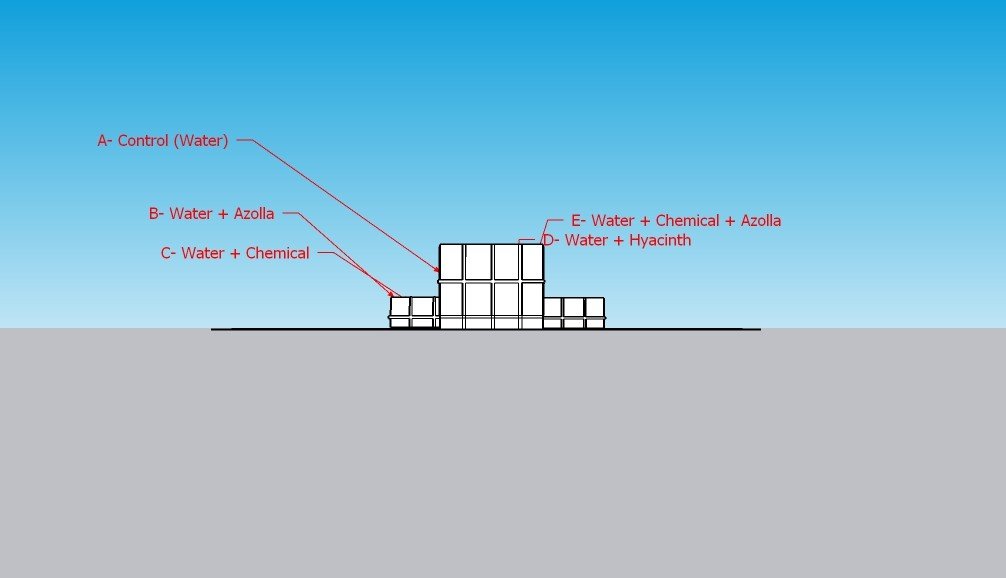
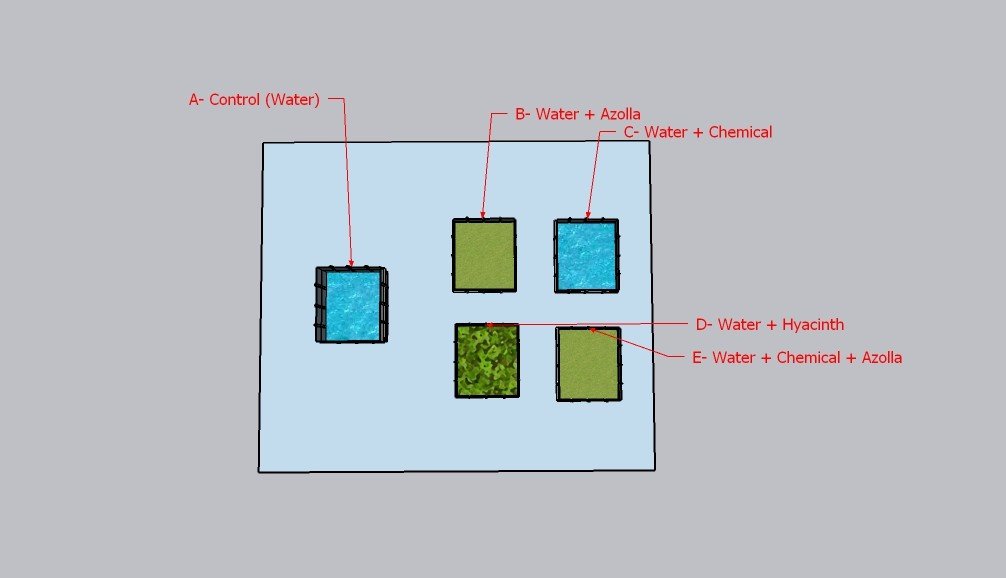
To find out the water evaporation rate at pabal
•An experiment to measure evaporation losses of Pabal. •
Tray size is 38×27cm and depth is 7cm was taken of provided with the water upto 5cm depth.
•After 24 hrs the loss of water in tray was measured. And measure the evaporation losses it was 10mm/day.
To control the evaporation of water in farm pond.
Currently there is a state of drought everywhere. Crops are drying up due to lack of water. Where water is currently available in farms, there is a high risk of evaporation and wastage of water. This evaporation can be prevented by using various measures. It is possible to provide adequate water to the crop in times of water scarcity and make it possible to harvest the season. About 84% of agriculture in the state is dependent on rain water. With the exception of perennial horticulture, almost all crops are grown on rain water. However, due to the large area of arid lands, it has become a need of the hour to make water available in it and to cultivate it sustainably with proper planning.
Cost of water:
In summer days, the water is provided by tankers in Vigyan Ashram. The cost of 1 tanker containing 14,000 liter water is 1800 ₹.
Therefore, for 1 liter it is 0.12 ₹. From these data, following calculations were done.
| Tank | A (Water) | B (Water+ Azolla) | C (Water + mixture of chemicals) | D ( Water+Hyacinth) | E (Water+Hyacinth+ mixture of chemicals) |
| Average loss of water per day (liters ) | 11.63 | 8.61 | 7.6 | 12.7 | 6.29 |
| Loss of water for 30 days (liters) for area 1.19m2 | 348.9 | 258.3 | 228 | 382.2 | 188.7 |
| Loss of water for 30 days (liters) for area 1500 m2 | 4,39,789 | 3,25,588 | 2,87,394 | 4,81,764 | 2,37,857 |
| % of water saved with respect to control | – | 26 % | 35 % | – 9% | 46 % |
| Cost for evaporated water (₹) | 52,774 | 39,070 | 34,487 | 57,811 | 28,542 |
| cost for saved water with compared to control (₹) | – | 13.704 | 18,287 | -5,037 | 24,230 |
Conclusion:
- It is seen that, from all the above trials, the trial of Azolla+ Mixture of chemicals showed better results than other trials. The rate of reduction of evaporation losses by this trial is 46%.
- It is followed by the trials of mixture of chemicals. The rate of reduction of evaporation losses by only chemicals is 35%. These is because the chemicals are capable of farming a thin molecular film which has been found to be effective for reducing evaporation losses from water surface.
- The rate of reduction of evaporation losses by floating Azolla is 26%. Though some water was lost in the form of evapotranspiration there is an additional benefit as the azolla can be incorporated in the soil as nitrogen supplement or as the feed for the livestock.
- It is seen that, Water hyacinth took more water and the rate of evaporation is more than control , also it has no additional benefits to farmers as compared to Azolla. Therefore, use of hyacinth to control evaporation losses is not very effective.
For the farm pond of area 1500 m2, the required quantity of azolla and chemicals are as follows:
Quantity of Azolla:
1.19m2 = 1 kg
1500 m2 =1260 kg
Quantity of chemicals: ( Mixture of both Cetyl alcohol and chemical alcohol in the ratio 1:1)
1.19m2 = 0.189 gm
1500 m2 = 238.23 gm/ day
Cost and Profit analysis:
If we add 1260 kg Azolla at a time and 238.23 gm mixtures of chemicals, we need to invest some Rs. The material required and their price is listed here.
| Material requirements | Investment(₹) |
| Azolla@1260 kg Price – ₹2/ kg | 2520 |
| Chemicals 952.92 gm/ month Price – ₹ 708/kg/chemical | 674.64 |
| Labor charges ₹ 250/day / man | 15000 |
| Total investment | 18,194.64 |
Table no. Cost Analysis
【Note: The values can be taken as a reference only because there may be a slight deviation in the original set up cost. The cost of the land, transport, electricity, etc. have not been included in this estimation, but have to be considered while implementing the structure.】
In a month, the azolla will be harvested at 5 times. In that manner,we will get, 1260 kg azolla each time. Therefore, monthly income = 1260×2×5 = ₹ 12,600 If we subtracted all the initial investment from monthly income we will get loss of ₹ 5.594. But as compared to control, ₹ 24,332 can be saved by application of Azolla + Chemicals.
=24,332 – 5,494 = ₹18,638. We can save water of ₹ 18,638. Amount of water that can be saved by reducing evaporation losses using Azolla+ Mixture of chemical is 1,40, 000 liters and it is equal to 10 tankers. In April months Ashram needed 8-10 tanker for daily purpose. In future, these need of water can be fulfilled by saving water using azolla and chemicals.

